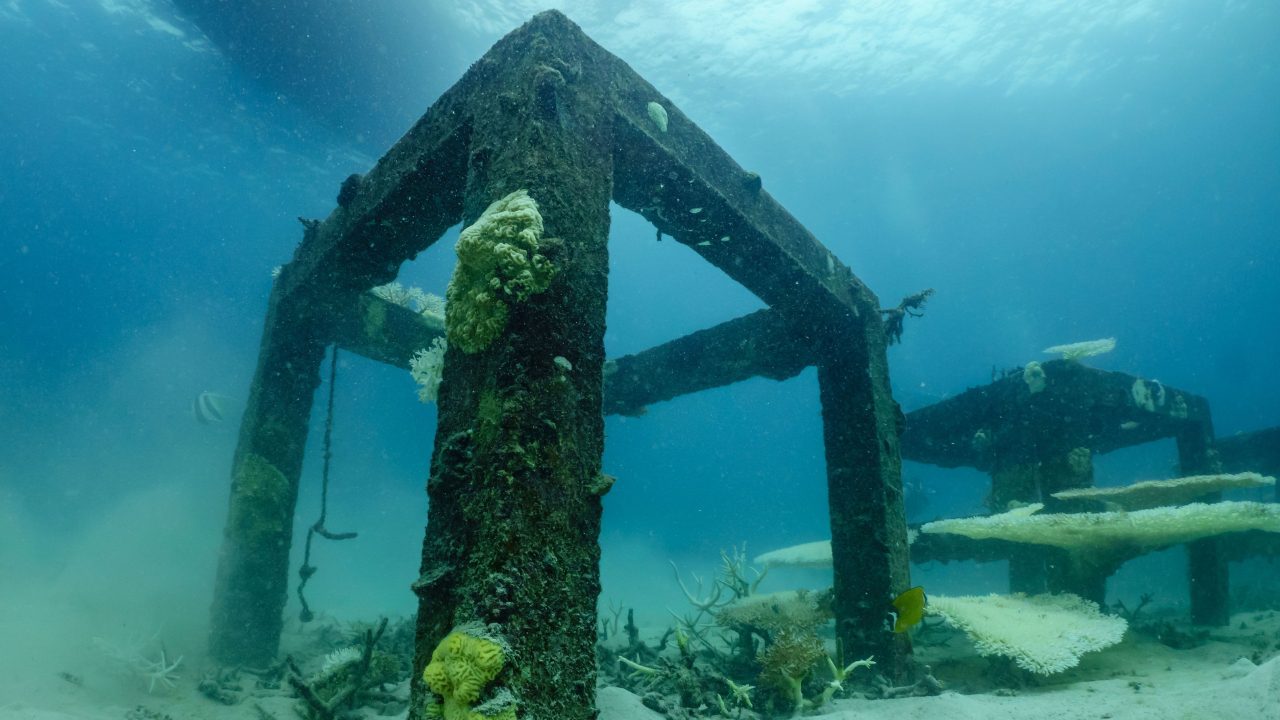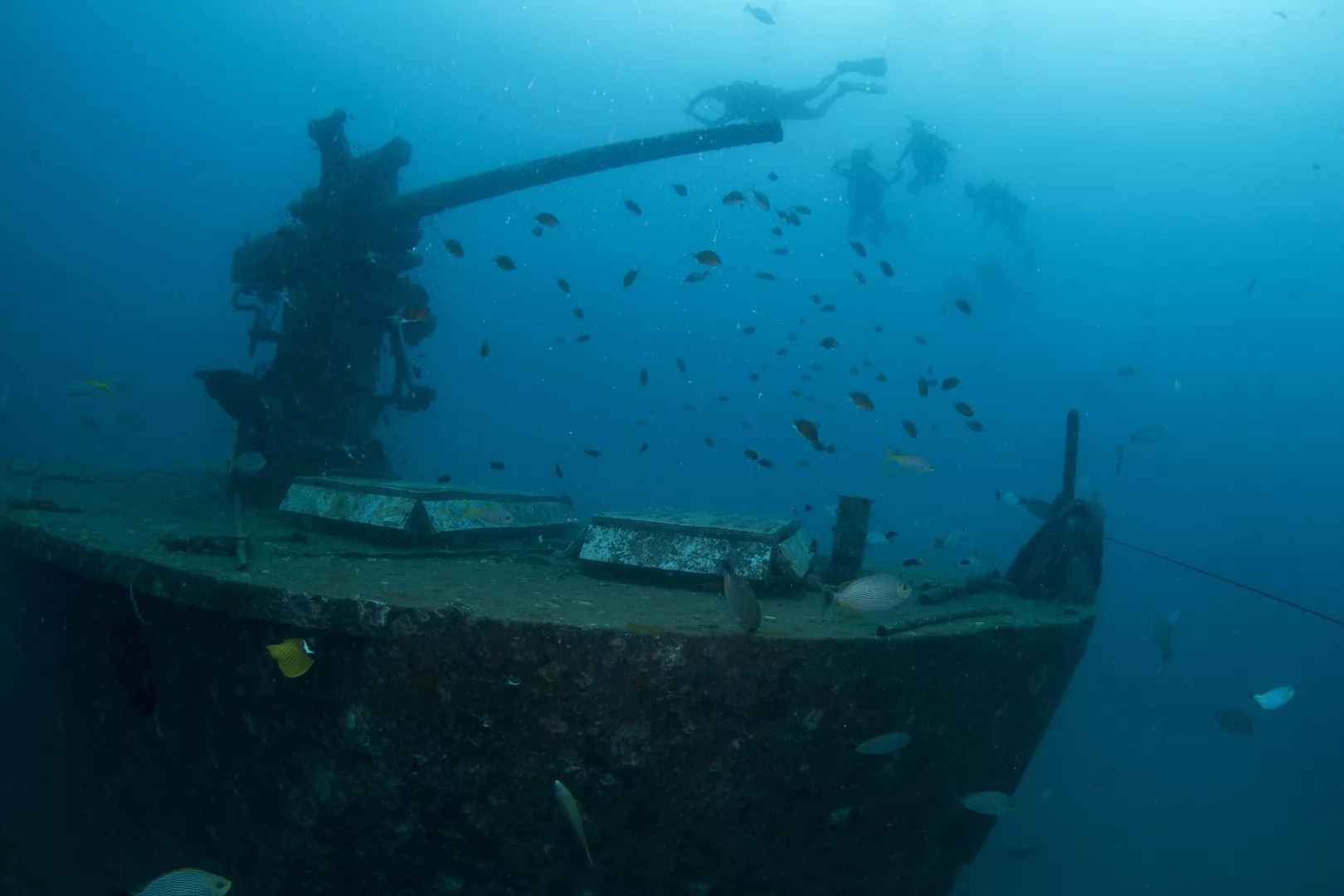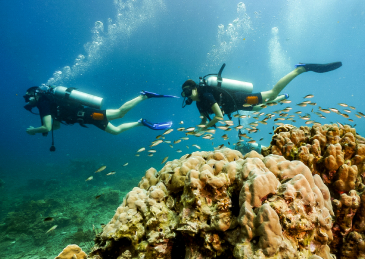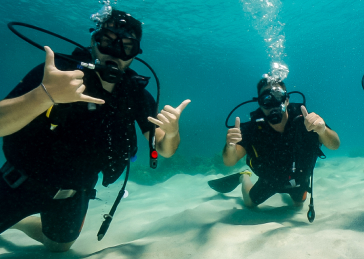Modified 9th June 2025
Koh Tao’s Artificial Reefs: Complete Guide to Marine Conservation Underwater
Thailand’s arrecifes artificiales represent some of the most innovative marine conservation efforts in Southeast Asia. Beyond their natural coral formations, Koh Tao has strategically developed artificial reef systems that serve dual purposes: protecting marine ecosystems and creating sustainable tourism opportunities for the diving community.
These underwater sanctuaries demonstrate how human intervention can positively impact ocean health when done with scientific precision and environmental responsibility. Understanding coral reef ecosystems helps appreciate why these artificial structures are so valuable for marine life conservation.

Understanding Artificial Reef Construction and Purpose
Artificial reefs in Koh Tao aren’t random underwater installations—they’re precisely engineered ecosystems designed to replicate natural reef conditions. The construction process involves extensive marine biology research, environmental impact assessments, and ongoing monitoring to ensure positive outcomes.
Artificial Reef Development Process
Major Artificial Reef Sites Around Koh Tao
Each artificial reef site around Koh Tao offers unique characteristics and serves different conservation purposes. These locations have become integral parts of the island’s marine ecosystem and popular destinations for advanced and experienced divers exploring Koh Tao’s diverse marine life.
Depth: 15-30 meters
Sunk: 2011
Features: Swim-through corridors, abundant marine life, coral-encrusted surfaces. This 47-meter patrol boat has become home to groupers, snappers, barracuda, and extensive soft coral growth.
Depth: 12-18 meters
Features: Cars, concrete domes, artistic installations. This unique site demonstrates creative reef building using safe, repurposed materials that vida marina has successfully colonized.
Depth: 8-14 meters
Features: Concrete sculptures (sharks, octopuses, lizards), skill practice platforms. Perfect for buoyancy training while observing natural colonization by marine species.
Depth: 10-16 meters
Technology: Low-voltage electrical current accelerates calcium carbonate formation, promoting faster coral growth and increased survival rates during bleaching events.

Marine Life Benefits and Biodiversity Impact
How Artificial Reefs Support Marine Ecosystems
Artificial reefs provide critical functions that support both individual marine species and entire ecosystem health. They serve as nursery areas, feeding grounds, and shelter for organisms ranging from microscopic plankton to large pelagic fish.
Provide vertical structure and crevices that mimic natural reef environments, offering protection from predators and strong currents for juvenile fish and invertebrates.
Hard surfaces allow coral larvae to attach and grow, establishing new coral colonies that expand reef coverage and provide food sources for herbivorous fish.
Attract schools of pelagic fish, creating feeding opportunities and supporting the marine food chain from small reef fish to larger predatory species.
Offer secure areas for fish spawning and egg development, contributing to population recovery and genetic diversity maintenance in marine communities.
Distribute diving and snorkeling activities away from natural reefs, allowing sensitive coral ecosystems time to recover from tourism-related stress.
Provide controlled environments for studying coral growth, fish behavior, and ecosystem development, advancing marine conservation science.
Environmental Impact and Conservation Success
Scientific monitoring of Koh Tao’s artificial reefs shows significant positive environmental impacts. Marine surveys document increased fish populations, improved coral coverage, and enhanced biodiversity compared to areas without artificial reef interventions.
| Conservation Metric | Natural Reefs Only | Areas with Artificial Reefs | Improvement |
|---|---|---|---|
| Fish Species Diversity | 65-80 species | 85-110 species | +25-35% |
| Coral Coverage | 30-45% | 40-60% | +15-30% |
| Juvenile Fish Abundance | Baseline count | 150-200% increase | +50-100% |
| Tourist Pressure Distribution | High concentration | Dispersed impact | 30-40% reduction |
Artificial reefs require the same respect and protection as natural coral formations. Maintain neutral buoyancy, avoid touching structures or marine life, and follow all local diving regulations. These sites are active conservation projects—your responsible behavior helps ensure their continued success.
Access Requirements and Diving Considerations
Most artificial reef sites around Koh Tao require intermediate to advanced diving skills due to their depths and potential for strong currents. Open Water certification is typically the minimum requirement, though some sites benefit from Advanced Open Water training. Consider the best diving conditions when planning your artificial reef exploration.
Certification Requirements by Site:
Open Water (8-14m) Buoyancy World, Shallow Junkyard areas
Advanced Recommended (15-20m) Junkyard Reef main structures, Hin Fai BioRock
Advanced Required (20-30m) HTMS Sattakut deep sections
Ready to explore these incredible conservation success stories underwater? La Bombona Diving offers specialized trips to Koh Tao’s artificial reefs, combining environmental education with unforgettable marine encounters.
- Guided tours to HTMS Sattakut and Junkyard Reef
- Environmental briefings on conservation efforts
- Small group sizes for minimal impact
- Experienced guides familiar with artificial reef ecosystems
- Photography opportunities with resident marine life
- Support for ongoing conservation projects
Whether you’re a newly certified diver or seeking advanced underwater adventures, our artificial reef experiences provide unique insights into marine conservation success stories. Planning your visit? Learn about getting to Koh Tao from anywhere in Thailand to start your underwater conservation journey.
Book Artificial Reef Fun Dives – ฿2,0002 dives | 4 hours | All equipment included | Conservation-focused guiding
Future of Artificial Reef Development
Koh Tao’s artificial reef program continues expanding with new technologies and innovative approaches. Future projects include additional BioRock installations, expanded monitoring systems, and partnerships with international marine research institutions focused on sustainable marine conservation.
These developments ensure that artificial reefs remain effective conservation tools while providing sustainable tourism opportunities that support local communities and marine protection efforts.
Preguntas frecuentes
Bucea con LBD: tu puerta a la exploración submarina
Whether you’re a curious beginner or a seasoned pro, our school is your portal to the wonders of scuba diving. Join us into the world beneath the waves.
¿LISTO PARA EMPEZAR?
Consulta nuestros cursos de buceo en Koh Tao



